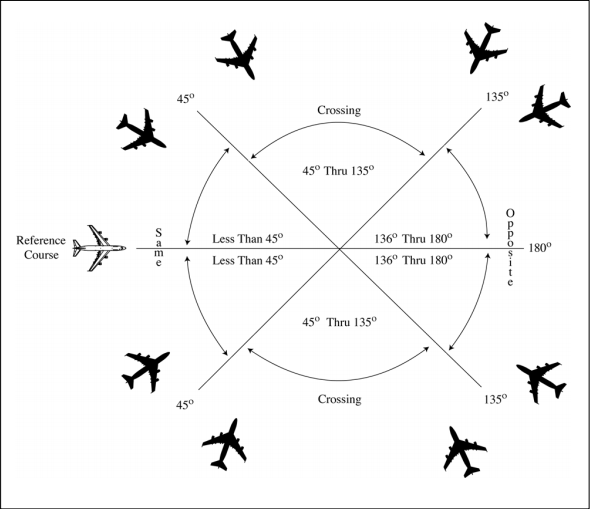

Altitudes are normally referenced to a height above sea level. For example, when an aircraft is instructed to “maintain five thousand” that means the pilot is required to maintain an altitude that is 5000 feet above sea level. Most altitude references in the 7110.65 refer to altitudes above sea level.
In some publications, the abbreviation “MSL” or “ASL” will be used to reinforce that altitudes are in reference to sea level. “MSL” is an abbreviation for “Mean Sea Level” or to put it more clearly “above Mean Sea Level.” Sometimes, you will still see the abbreviation “ASL” used as well; it stands for “Above Sea Level.”
There are publications that reference “AGL” altitudes as well. “AGL” stands for “Above Ground Level.” Most correctly, those altitudes should refer to the aircraft's height above the ground directly below it. However, AGL altitudes sometimes refer to heights above airport elevation (used on approach charts with circling minimums), or heights above touchdown zone elevation (used on approach charts with straight-in minimums).
Certain sections of the 7110.65 will refer to the relationship of two aircrafts courses. These terms are specifically defined in this section:
{Reference: FAAO 7110.65 1-2-2}
Here is a graphic from the 7110.65 that illustrates this:
